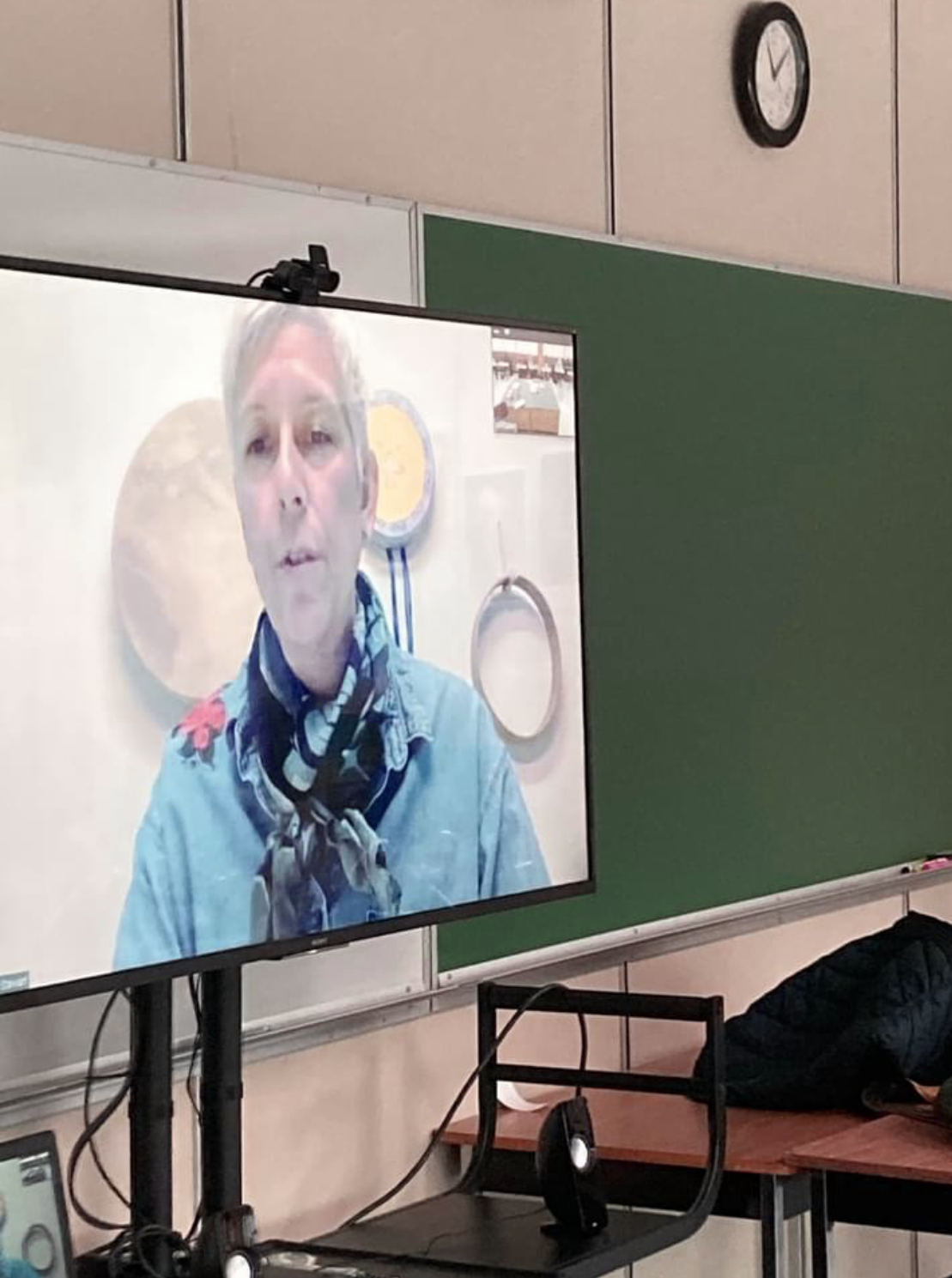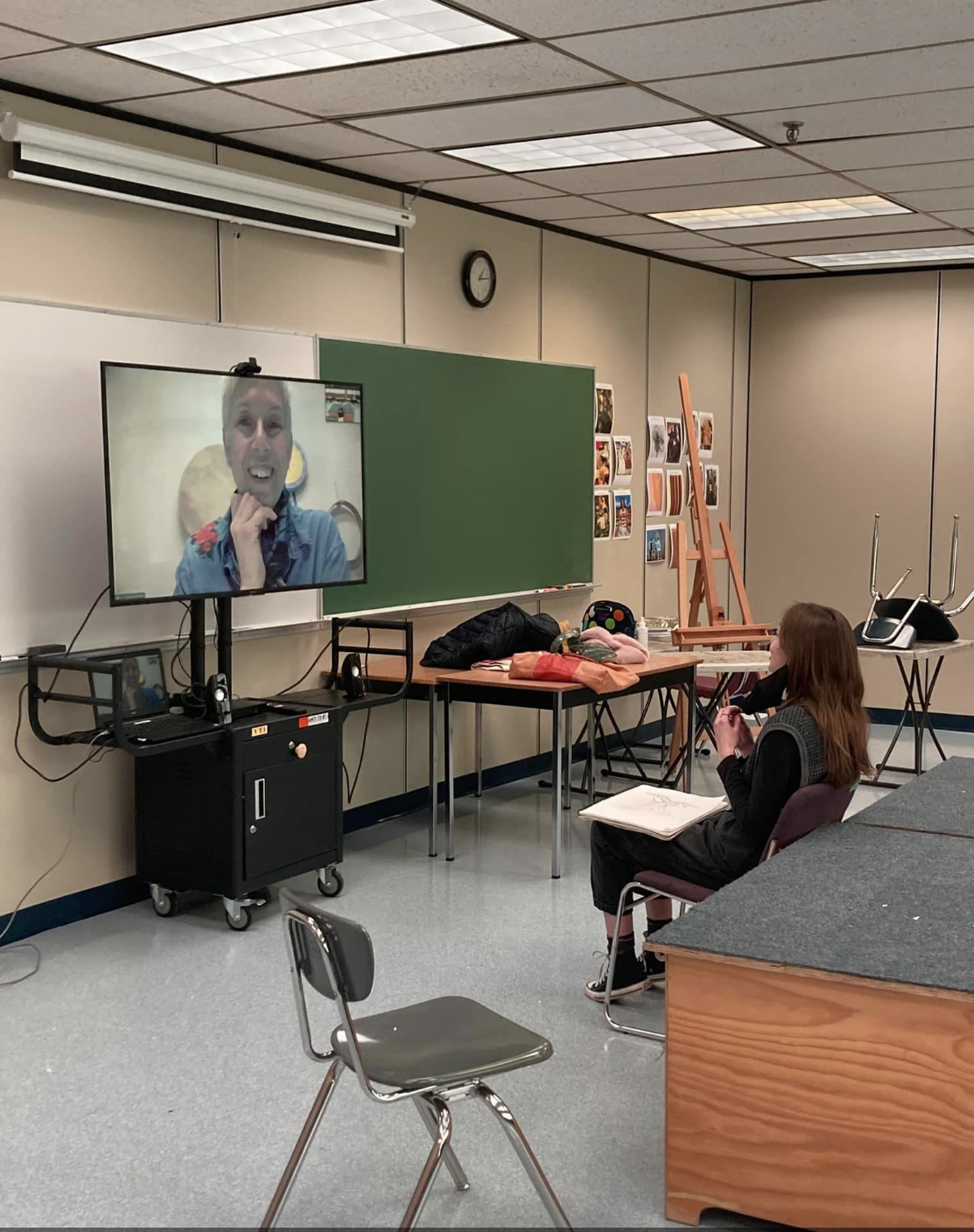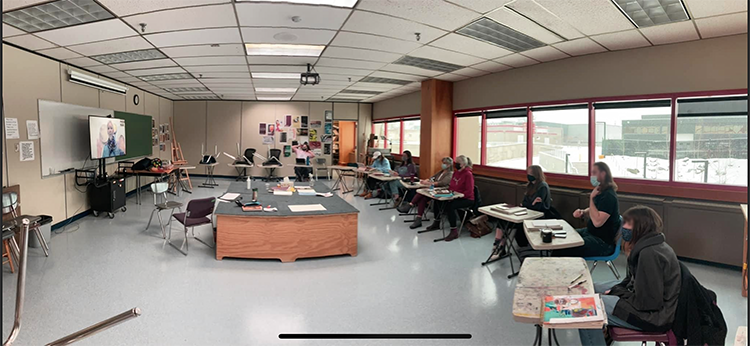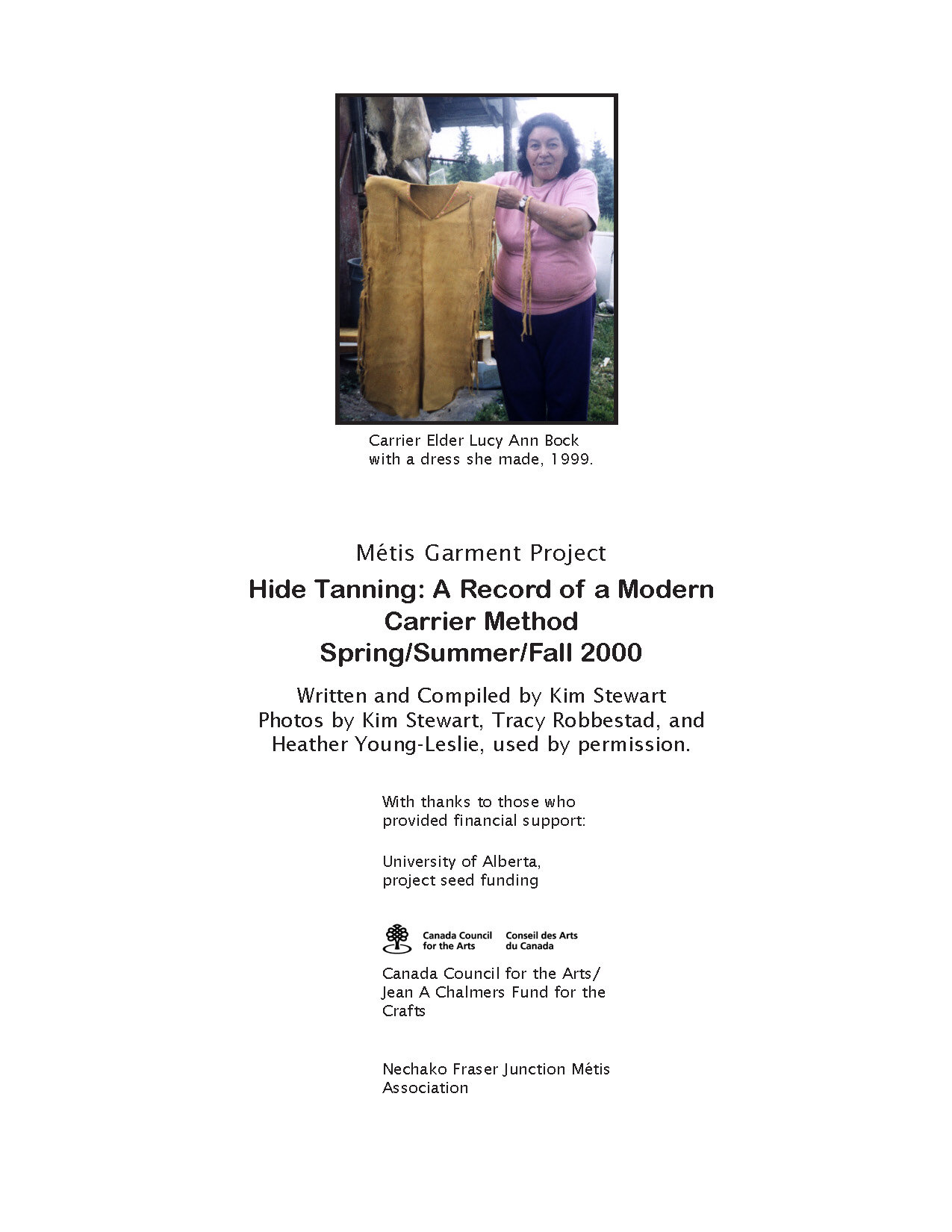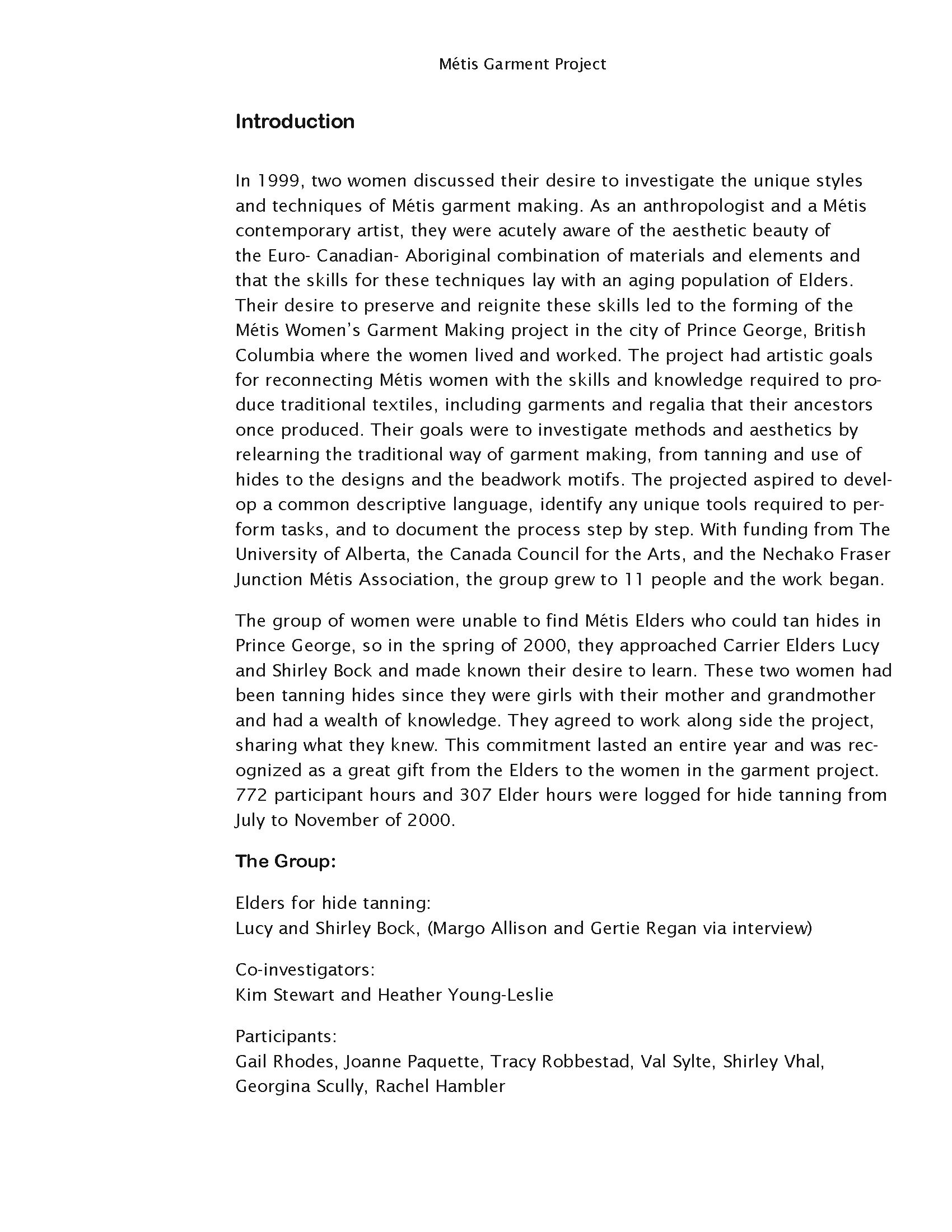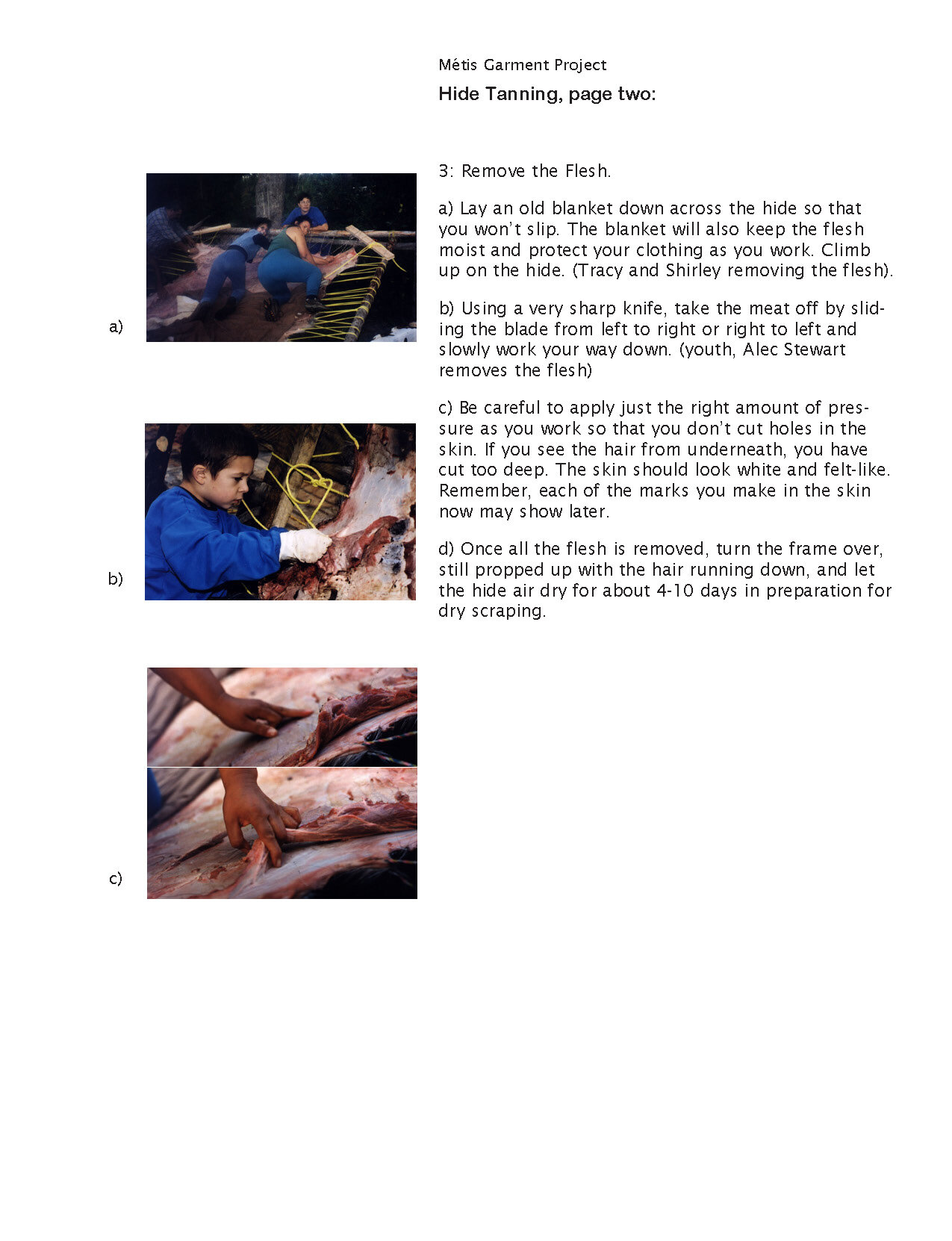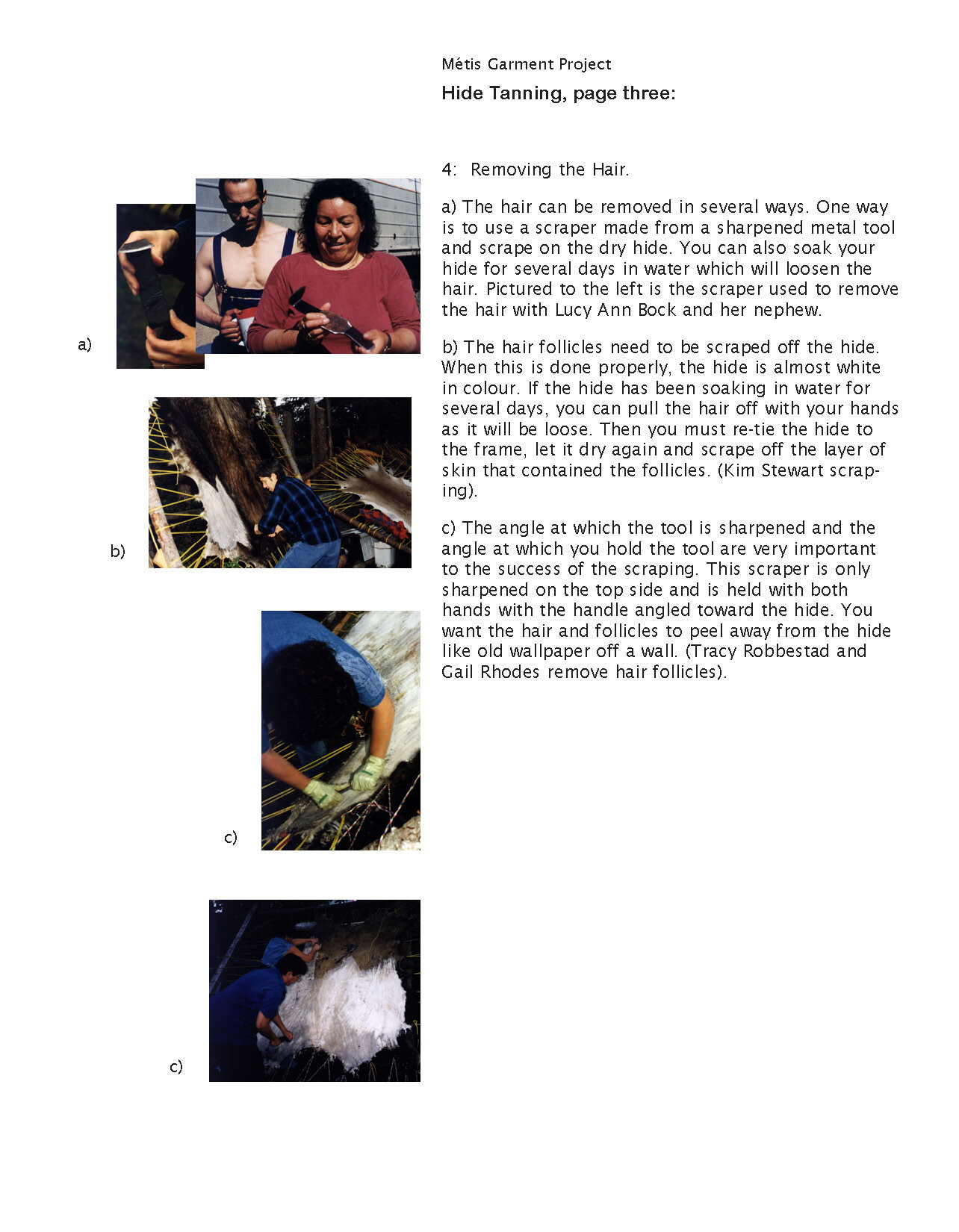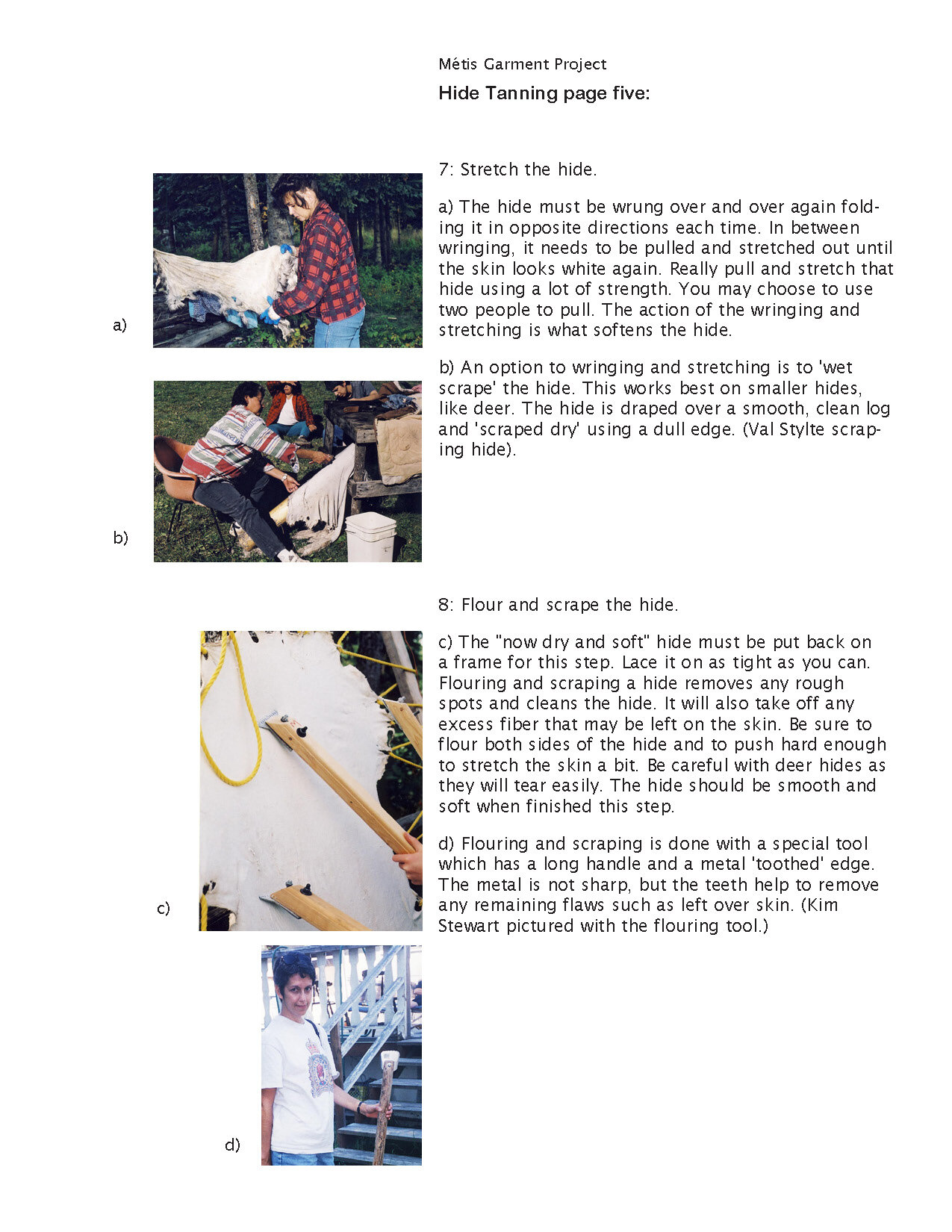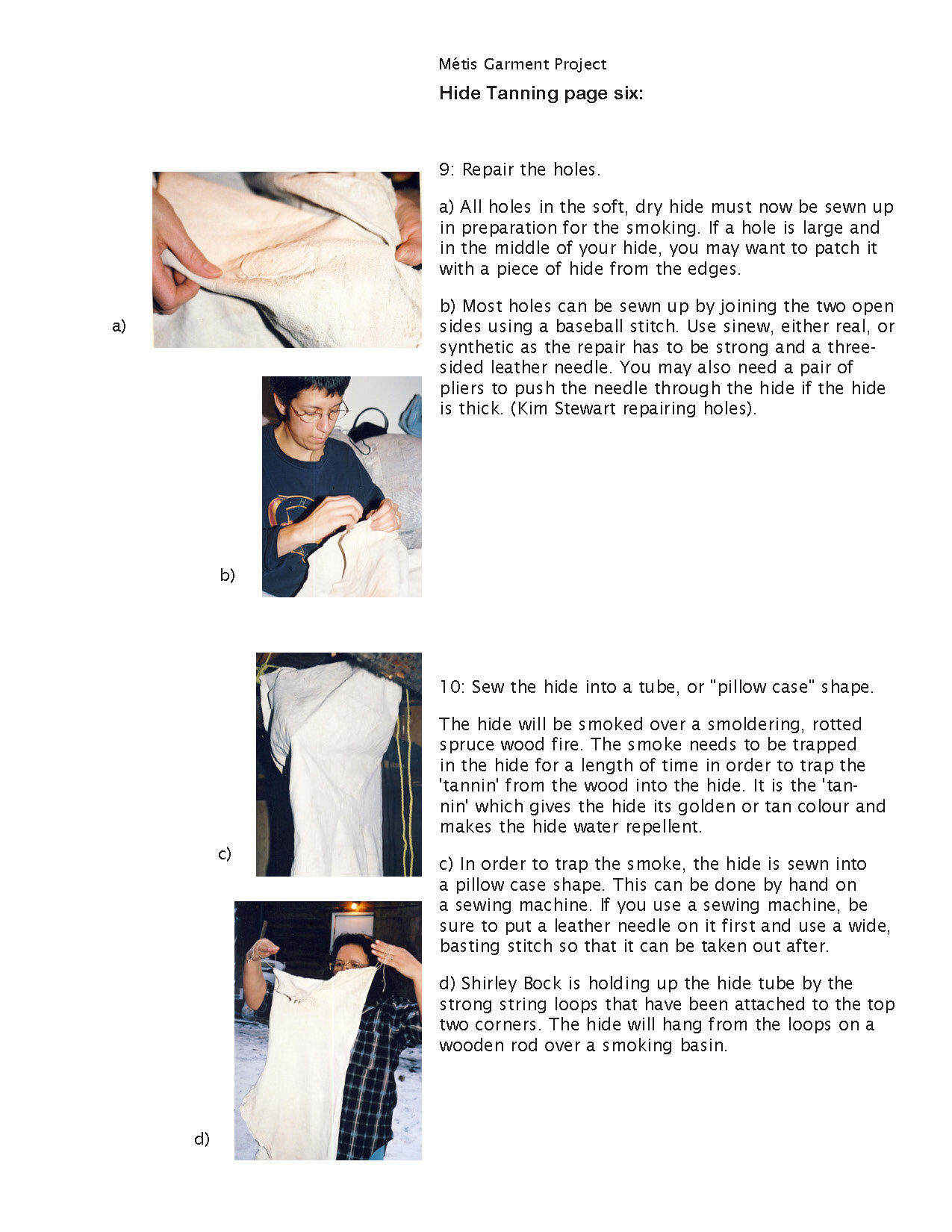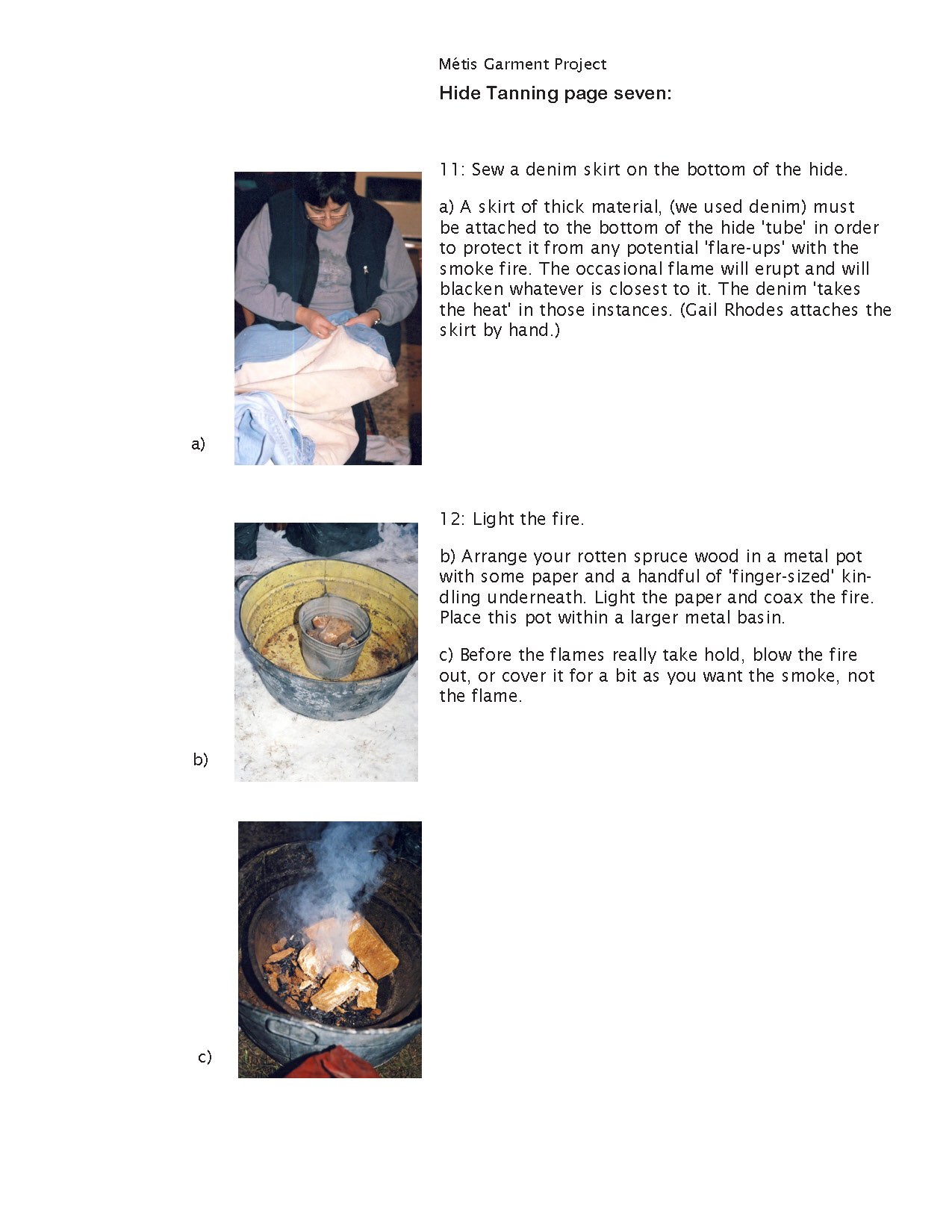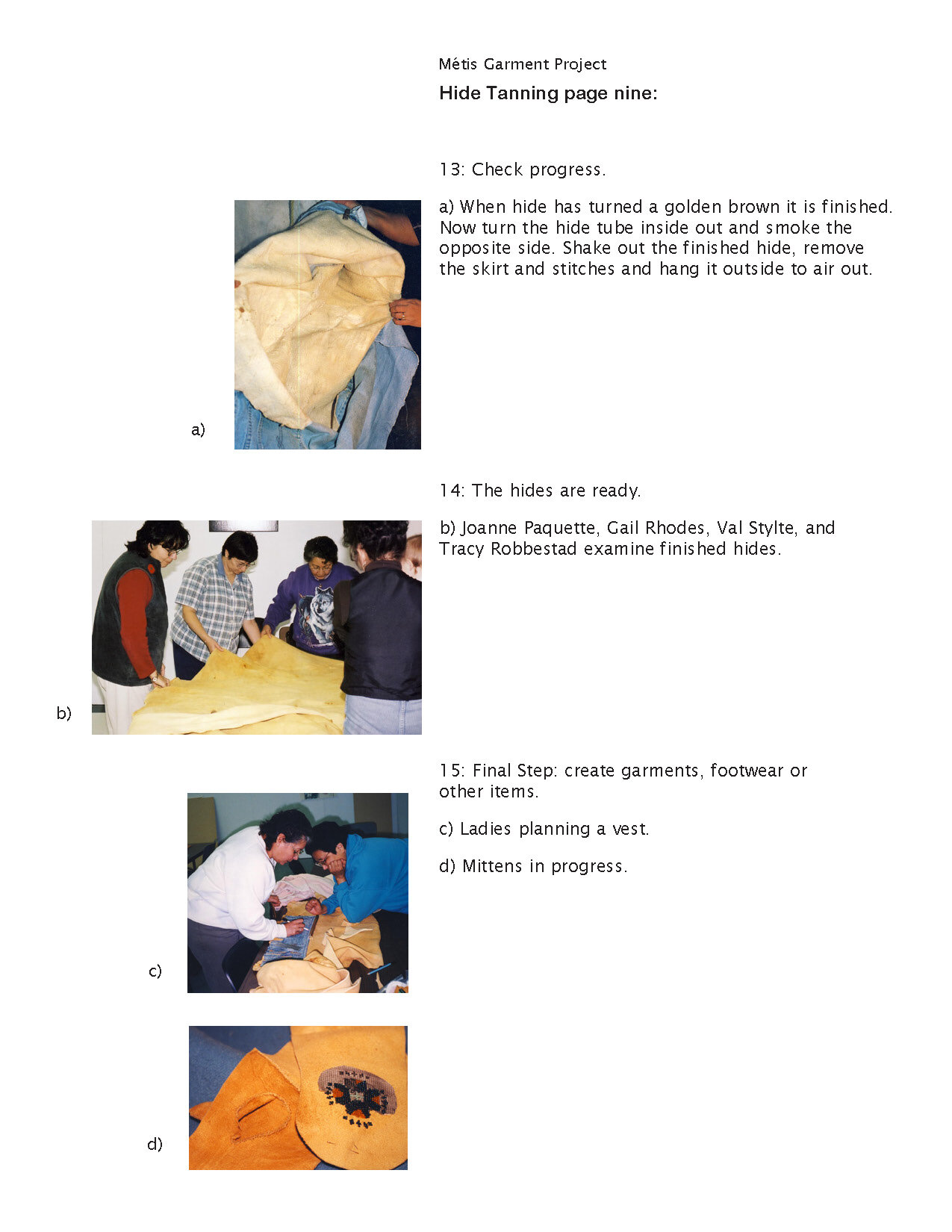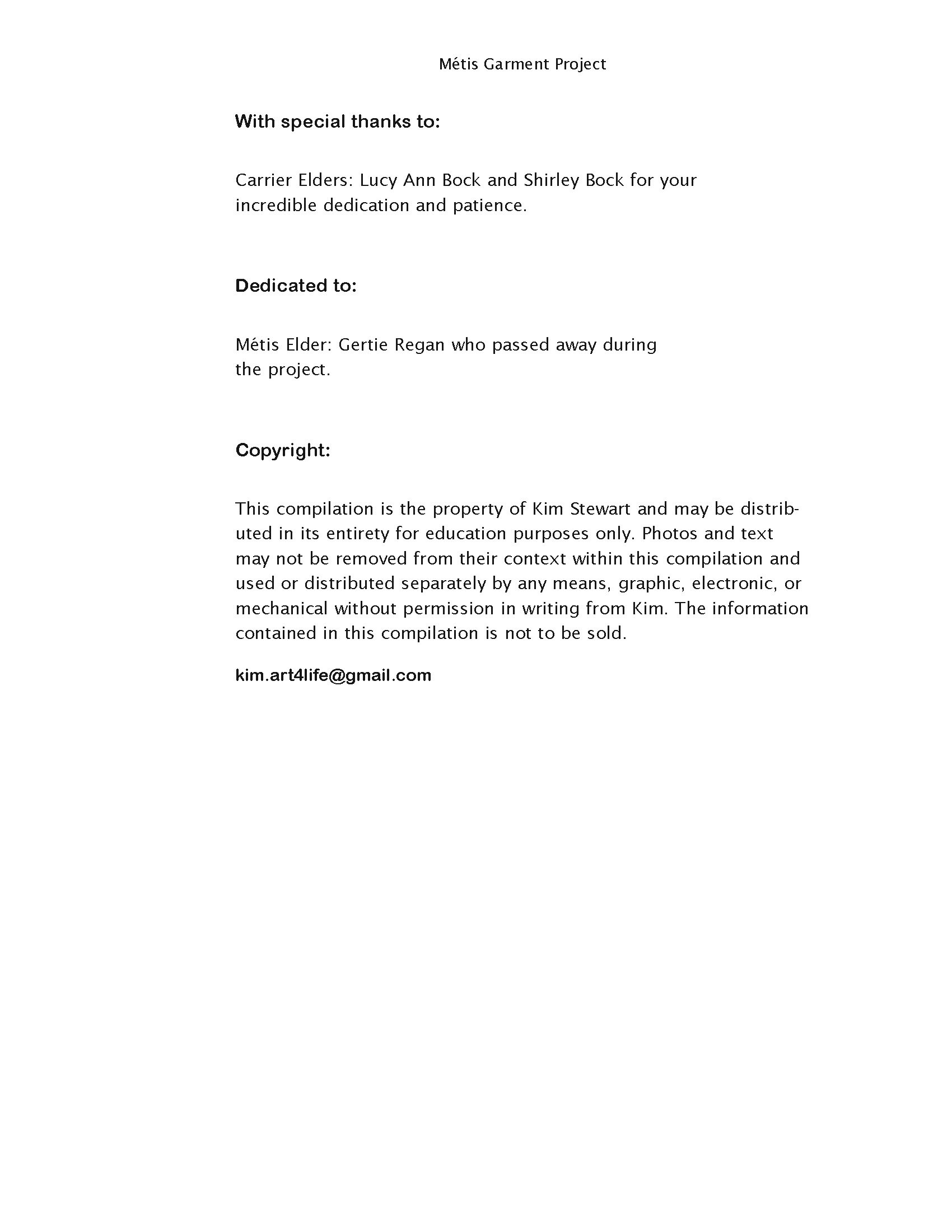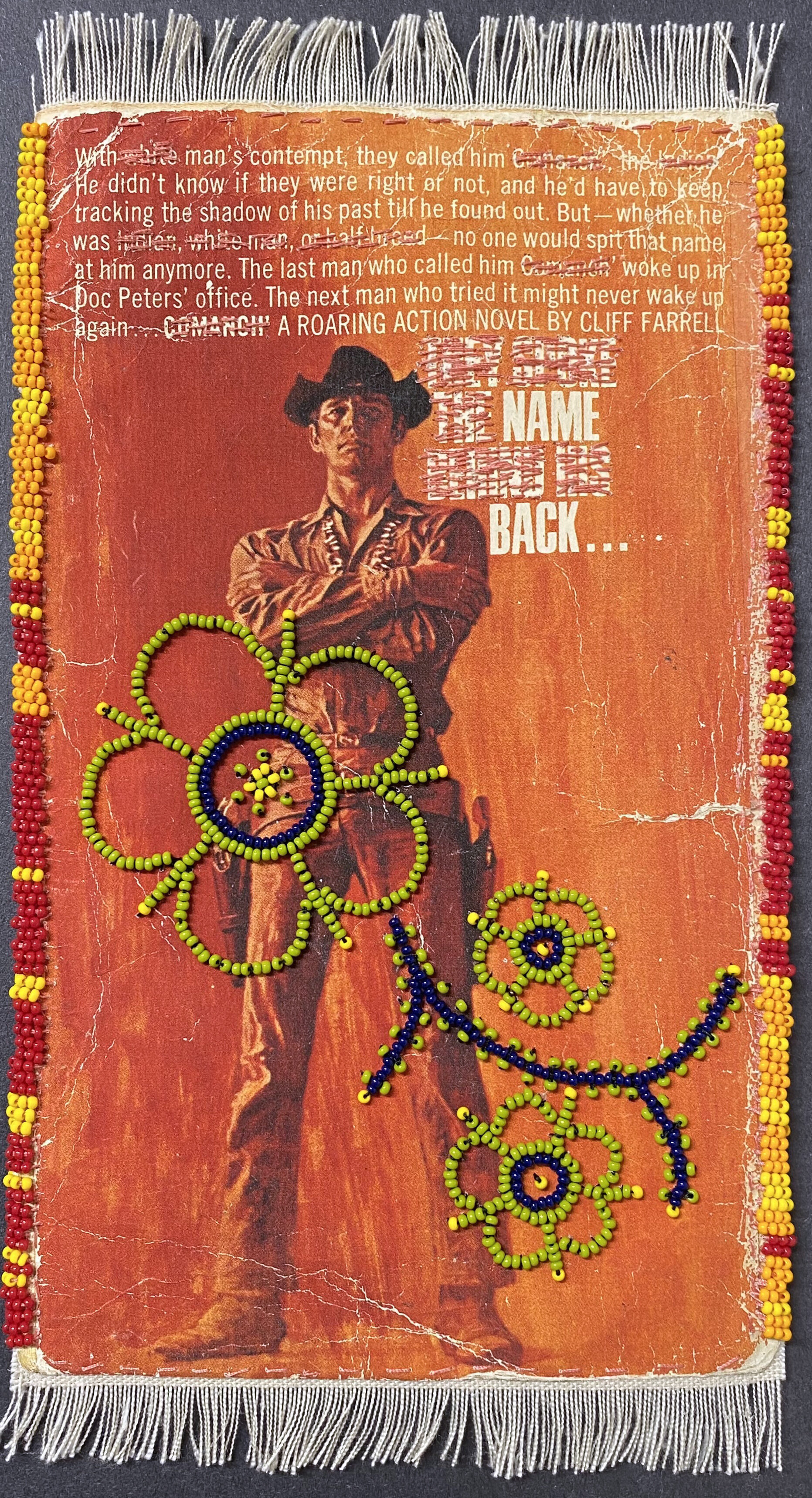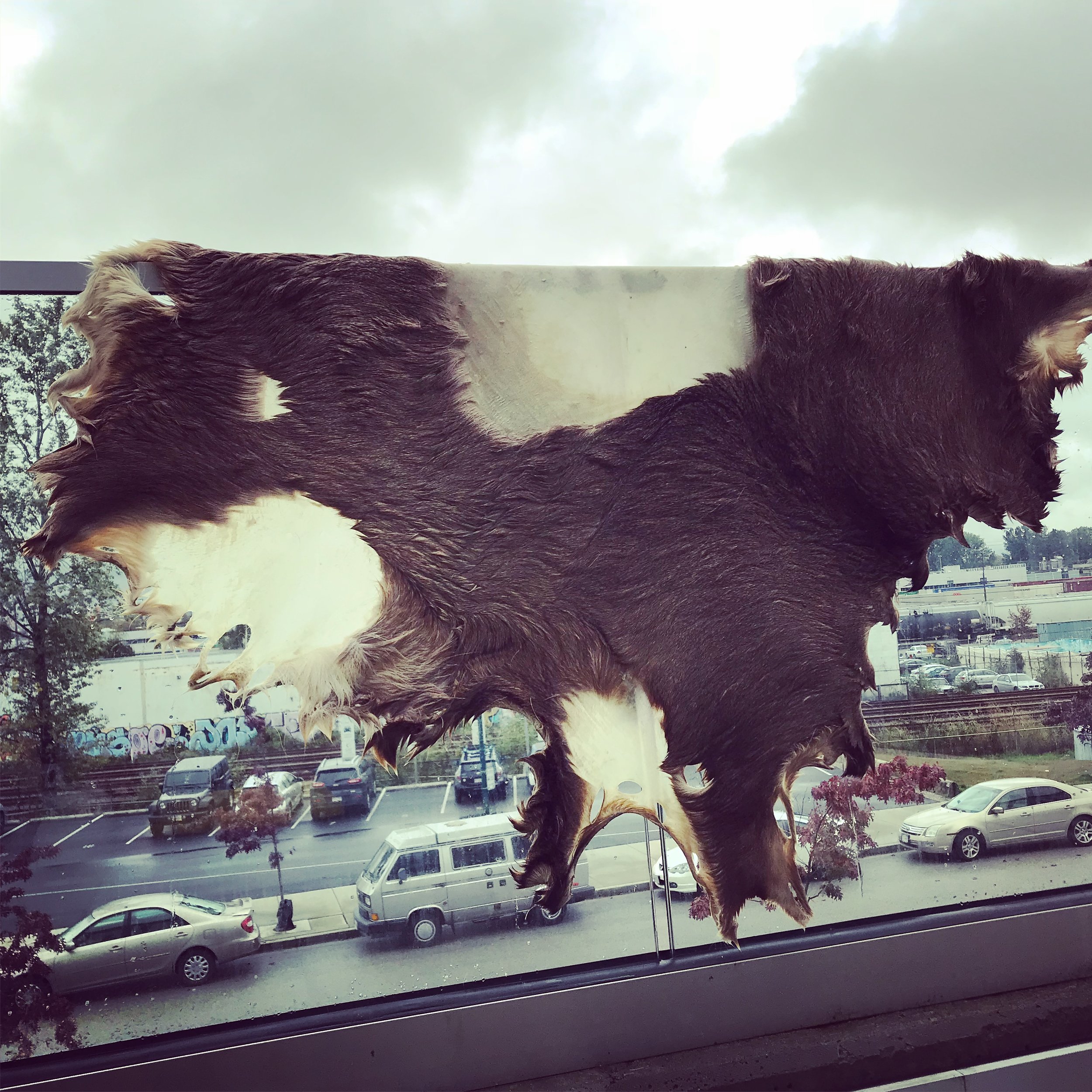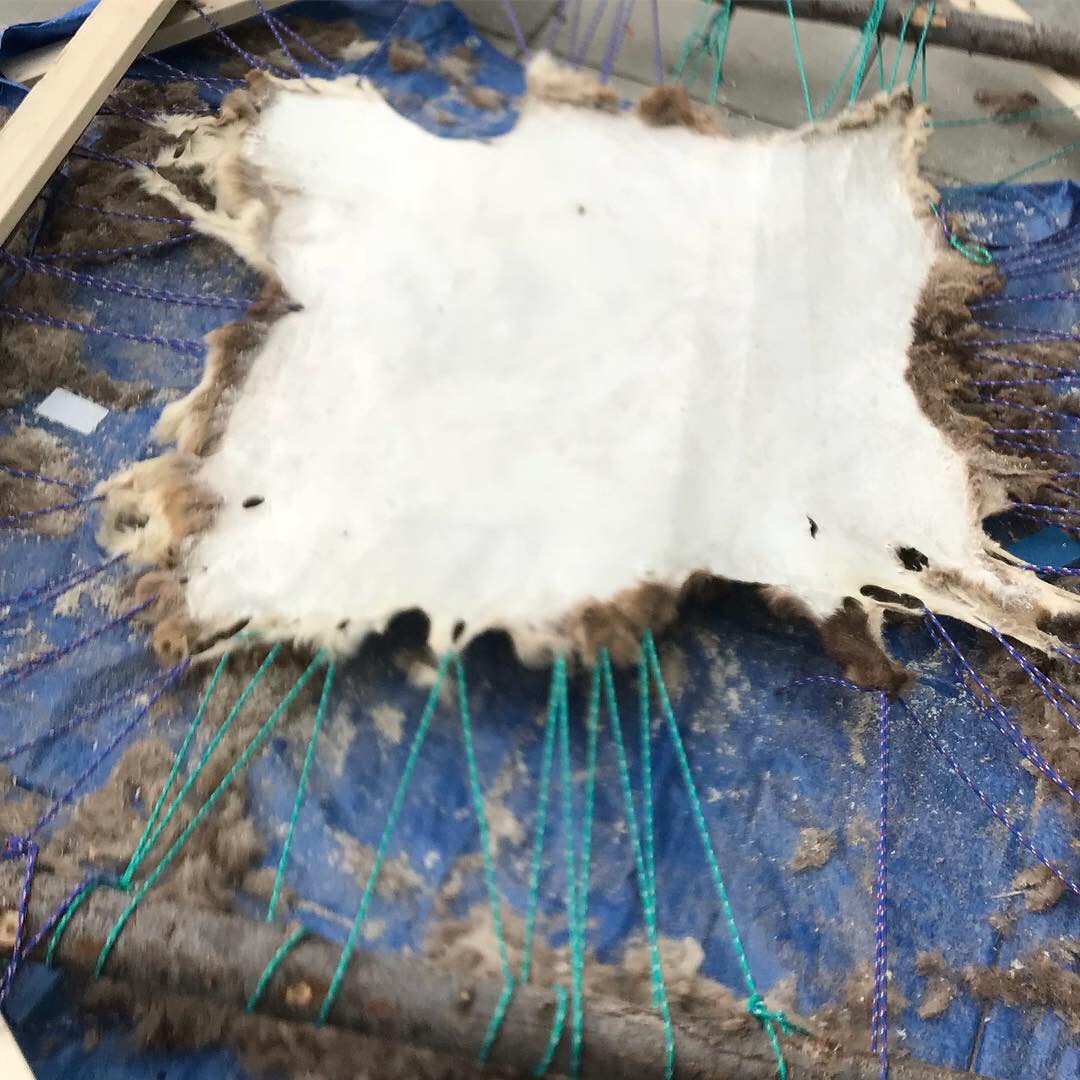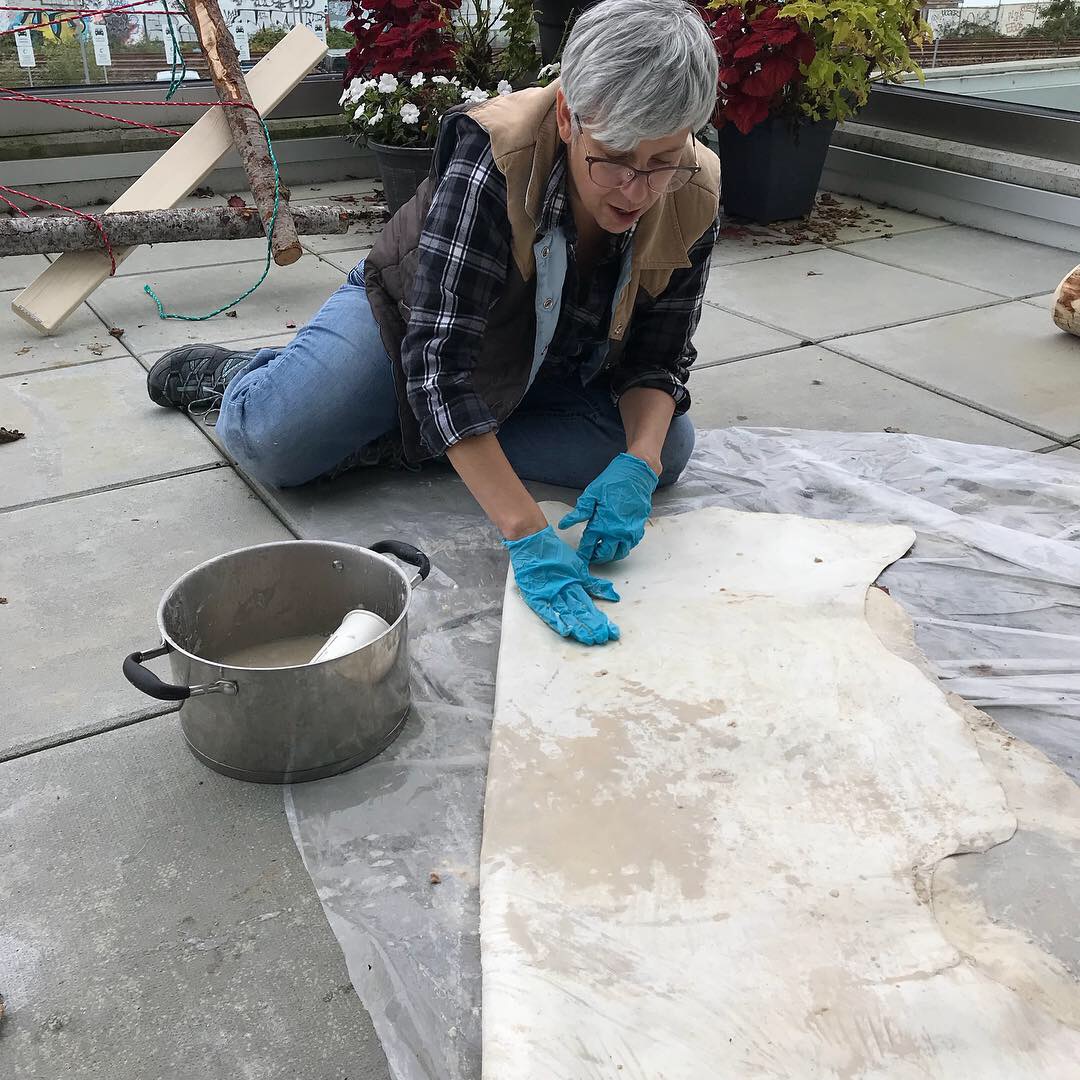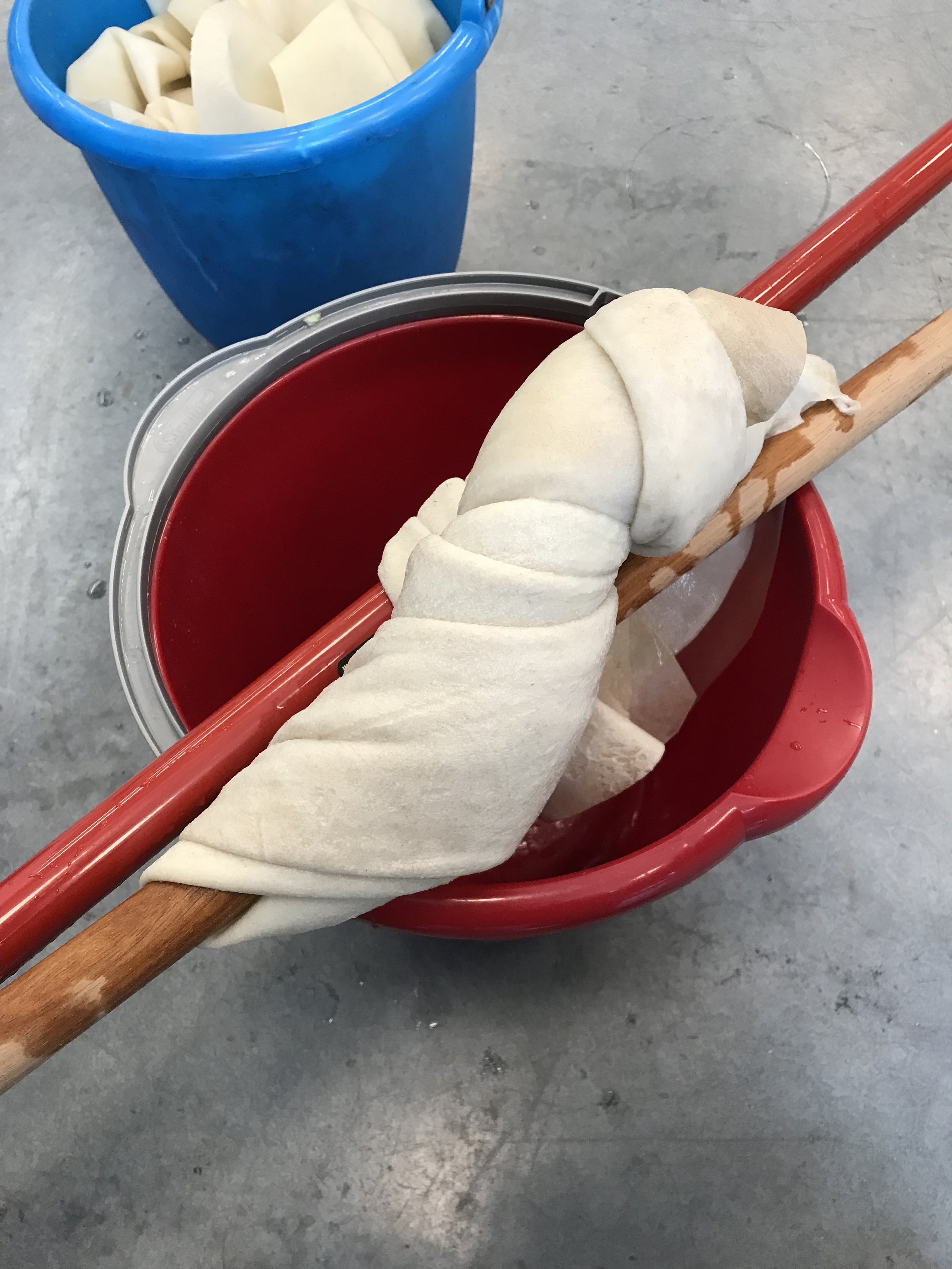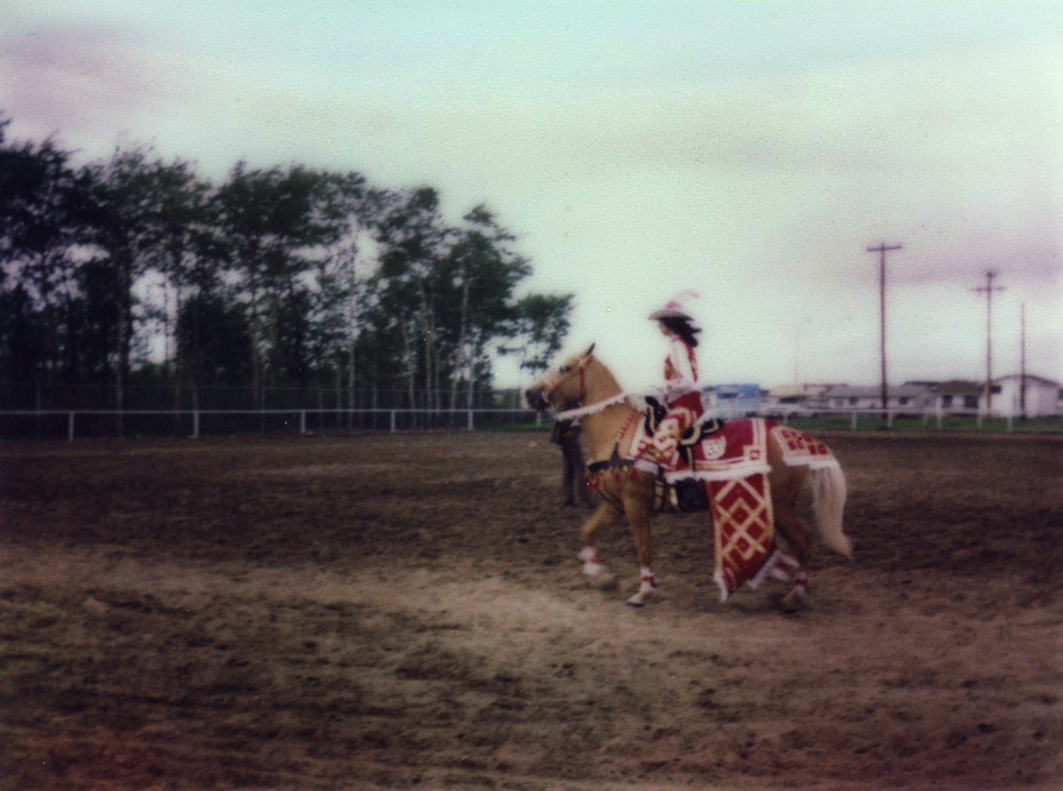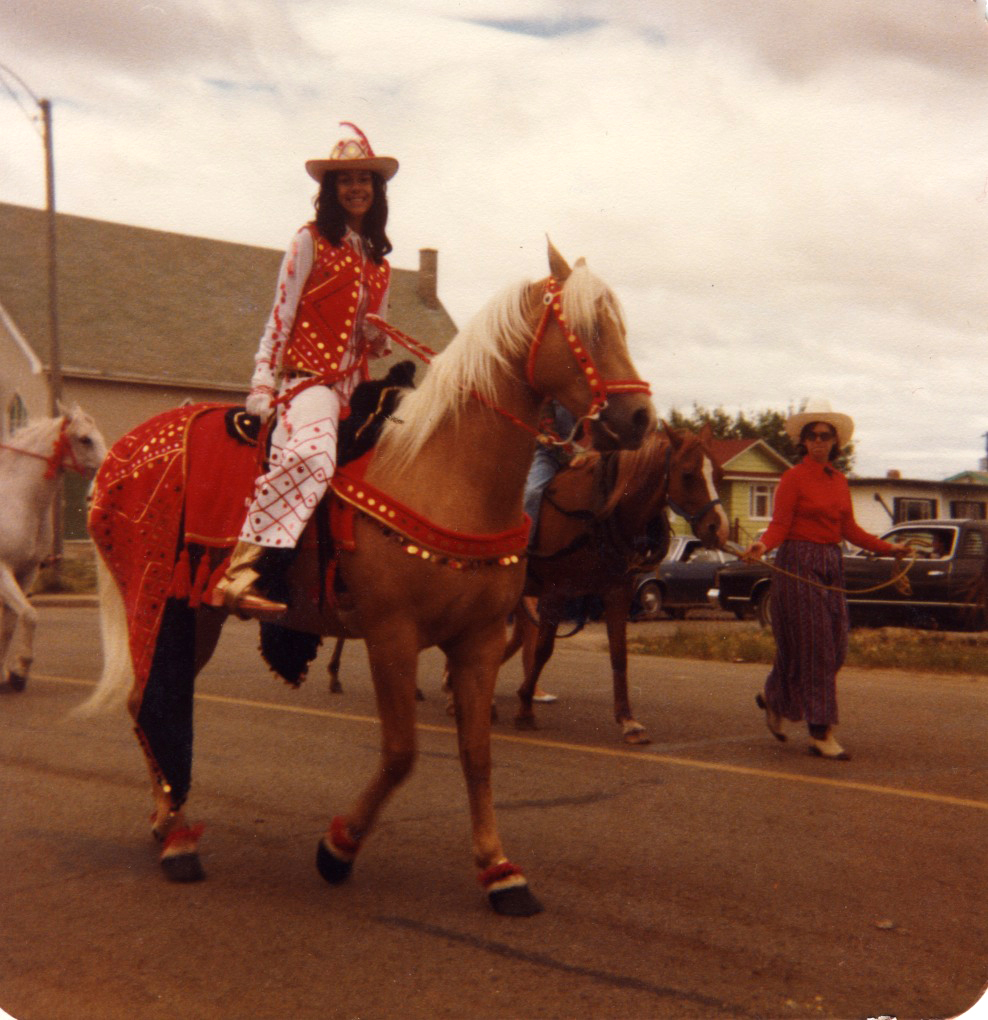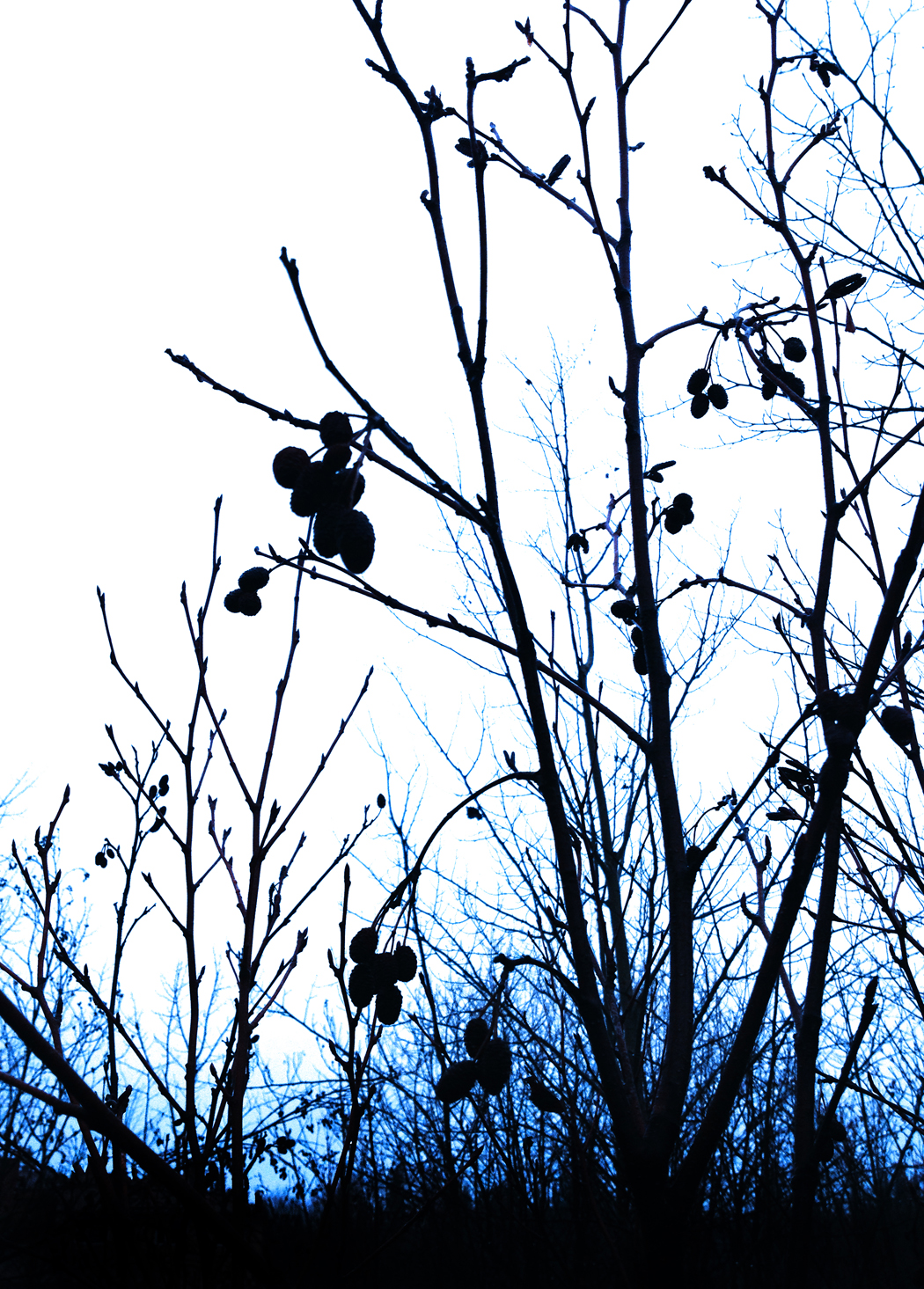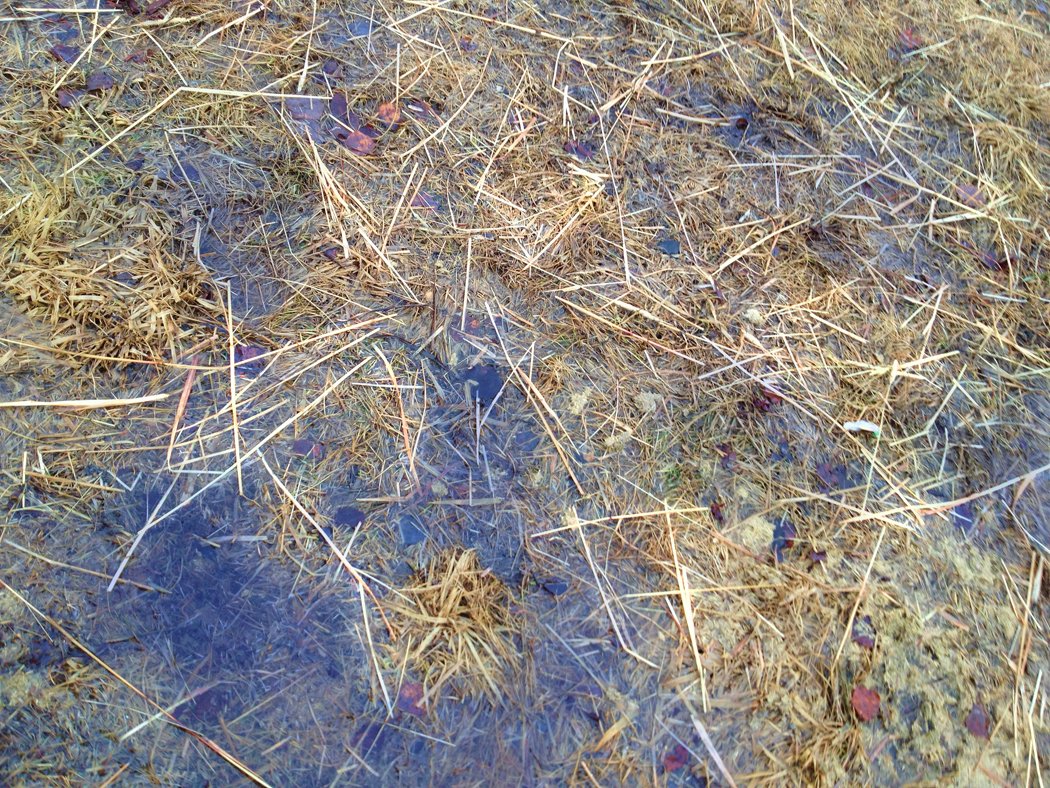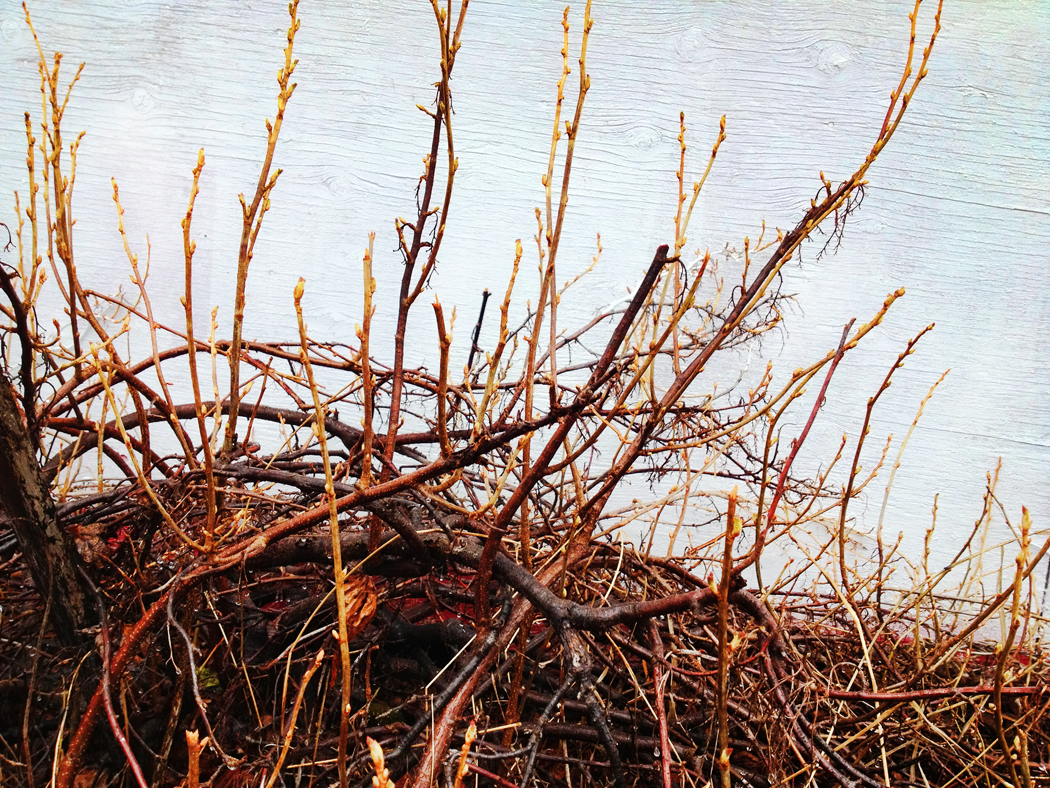I have great students and that's what makes this work.
“Can you teach an in-person studio class, First Nations Art and Technology for us this semester?” When the Associate Dean asked me, she had been looking for someone local for months with no luck…but I had moved over 600 kms away from this school where I’d been teaching art for over 15 years! I said, “Yes, I can if I have a Lab Tech in the classroom to be my hands and eyes.” So, I became the big talking head on the screen at the front of the class each week. It’s interesting meeting with students as they come up to the screen and look at my larger-than-life face rather than into the camera. I see them on my video feed, talking off to the left rather than at me. They email me photos of what they are working on using their phone camera and I can view it almost instantly. We discuss the work and they carry on. There is a virtual classroom space as well where they can see lecture slides and hand in their work digitally. In spite of my confidence that I could do this, I was pretty nervous about all the logistics, the stability of the internet service (I have Skynet), the ability to keep student’s attention and whether or not they would be able to clearly see the demonstrations I was doing in my own studio here. It seems that I need not have worried as I have a proficient Lab Tech and great students and that’s what makes this work!
Hide Tanning - a research project from 1998-2000
I would like to post this research here so I can share with others. This was my first experience learning about traditional hide tanning (with a few modern methods thrown in). Please respect my intellectual property rights and the indigenous Traditional Knowledge rights of the Elders by asking permission to share and attributing any shared information appropriately to Kim Gullion Stewart at kim.art4life@gmail.com.
Guess who wants their name (and their reputation) back?
As part of my ongoing investigation of pop culture influences on the ‘halfbreed’ trope that I grew up with, I’ve been spending time with western novels from the 50’s, 60’s and 70’s. I’m applying counter mapping principles to support or challenge the narrative of the ‘halfbreed’ hero in the illustration. These beaded and stitched paths are my commentary. Counter mapping has been used to indicate traditional territory and to ‘counter’ political boundaries. In this case I want to challenge the boundaries that crop up when stereotypes are perpetuated through illustrations like these. This piece is an enlarged back cover of Comanch an old western novel printed on rag paper beaded with number 10 beads and sewn to a linen backing. It is offered for sale on my website where you can find more details and similar works.
Urban Indigenous hide tanning Emily Carr University!
The Aboriginal Gathering Place (APG) at Emily Carr University (ECU) is a real community asset! I enjoyed my week-long residency in this amazing space for students, faculty and staff to connect in community. AGP is a modern studio with high ceilings, roll-up garage door and several zones set up for academic work, studio work, food prep, and relaxation. Post-modern couches mix with drum-inspired side tables next to several staff, alumni and Elder created art pieces. I was blown away by the thoughtful preparations made for me by Brenda Crabtree (Director, Aboriginal Programming), the assistance I received from tool expert and artist Lawrence Lowe, and the ever-attentive Michelle Sound, (Aboriginal Program Assistant) who shared tea from her private stash. Countless students, faculty and staff came by to work alongside me and sneek a peek at hide tanning activities including the stomach-turning concoction of moose brains, sunlight bar soap and lard warmed to perfection on a camp stove, then applied to the hide to soften it. Stories were shared, connections were made and most importantly, endangered traditional knowledge was transferred to the community. It was a challenge and a joy to adapt the traditional, wilderness-y activities of deer hide tanning to an urban environment, one I’d be glad to take on again.
You can read more residency details on the ECU website: https://www.ecuad.ca/news/2018/a-m%C3%A9tis-artist-brings-traditional-tanning-to-ecu
Art Practice and Maintaining Momentum
Nice studio, however it is currently filled with boxes.
I am nearly 60 days beyond show opening for my INJUN-uity show and 2 weeks since moving boxes of belongings into a new house and new home studio. During the 2 months following my opening I was essentially homeless - going from one temporary residence to another, I wanted to continue with my art somehow, but it was impossible to focus without familiar tools and surroundings. Now in my new residence I feel overwhelmed by the task of setting up. Everywhere I look I see boxes. I am desperate for some help. I checked my favourite artist motivator Austin Kleon. His advice on keeping momentium is to 'chain smoke', that is let a new idea light up off the spark of the last one. This will only work if I have a work space set up, which I do not, so I need to look for something else. In my online search for an 'instant' solution I found a blog post by Jory MacKay, a Toronto-based writer and strategist. It seems that many of his articles deal with managing distractions and harnessing pockets of time for productivity. In an old article from 2015 on creative momentium he pulls together suggestions from others in the visual arts industry. The one that caught my eye was grouping similar tasks together. I think if I assign pockets of time to each task group I might be able to make this work for me. Do you have strategies for creating and maintaining momentum? Have you had to continue your art practice under unusual circumstances? Feel free to share in the comments.
What kind of art do you do?
I am asked this question a lot and it is a difficult one to answer. I recently did some research into contemporary terms that are used to categorize artists. In this post, What kind of art do you make? , artist and professor Daric Gill defines the differences between artists having one discipline, like painting, drawing or sculpture, or practicing in a Multidisciplinary, Interdisciplinary or Transdisciplinary way. He says "every time you see the suffix 'disciplinary', switch it for 'ways of thinking'." Therefore, "Multidisciplinary = Multi-ways of thinking, Interdisciplinary = mutual ways of thinking, and Transdisciplinary = transcends ways of thinking". So using these analogies, my art practice can be seen as an extension of my world view, then I guess it would be no surprise if I considered my art practice to be Interdisciplinary. It could also be called Metissage, defined as a woven mix of cultural thinking. This bit of information is going to help me simplify my answer and help others understand what kind of art I do.
What about you? What kind of art do you do?
Solo show opening April 12 - INJUN-uity or Growing up Pop
I have been working on this project for several years, researching cowboys and indians pop culture from the '50s, '60's and 70's. My investigation included everything from the Calgary Stampede to comic books, to watching old western movies. This work sits at the intersection between the stereotypes and idealisms presented and fact vs fantasy of family life growing up in the 70's. I will be talking about the work at 7pm, at Two Rivers Gallery - 725 Games Way in Prince George, BC
Downtown Studio Space
I've always had a studio space at home, whether it was part of a kitchen table, a spare bedroom or a renovated area in the basement. Now, for the first time I have moved my studio practice to a commercial storefront in downtown Prince George. The level of activity past my window each day is fascinating as I watch a community of shop owners and their patrons go about their activities. This move has given me more confidence and commitment to work each day. I still have my day job, but the studio calls to me more often now than it has in the past.
Cowboys & Indians Research Project: 1920's silent film,"Daughter of Dawn"
Reposted from Art4life Wordpress blog:
As part of my ongoing research into cowboy and indian pop culture for my Canada Council Grant, I watched this show with great interest. It had an all Native cast along with some amazingly well trained horses. I was very impressed with the riding - especially the scene where they do the buffalo chase on horseback with each rider using only a blanket and a 'thong' bit made from braided leather or deer hide for tack.
I paid particular attention to the clothing and personal objects. Although it seemed to me that there were a lot of headdresses in each scene, there were also interesting pipes, spears and tomahawks that appeared to be authentic. In one scene where 'Red Wing' enters her teepee to cry there is an amazing backrest partially covered in buffalo hide. According to Wikipedia - each actor wore their own clothes and brought their own belongings, including tepees.
For a time this movie was only rumoured to exist until it surfaced via a private investigator who had been paid for a job with the film. The US National Film Registry has since designated 'Daughter of Dawn' as historically significant and you can now watch the restored film on Netflix.
Beginning a New Work
This is Monday, the horse I have chosen to be my companion through this research.In the second photo we are working in the round pen. I want Monday to accept me as the leader of our 'herd of two' and the round pen helps with that.
I will be posting regular updates on our progress and the art that comes from my work with Monday.
Mother/Daughter project from the 1970's
A happy memory that really stands out for me as a teen was a project that my mom and I worked on together. We decided to create a parade costume for my horse. That project expanded into 2 parade costumes and many, many nights of hard work. I loved riding with the costumes and the horse enjoyed it too. However, every year she had a young foal so you can see in these photos that she was often looking off in the distance, trying to get a glimpse of her baby. Now that I have horses again, I think about the possibility of making another costume and, perhaps, my daughter would like to be a part of that too.

Who doesn't love a birthday!
It is my nephew's birthday today! He is a gregarious 6 year old guy with playful eyes and a head full of ideas. He has an equally awesome older brother. It would appear that they put as much work into their creativity as they do into wrestling with each other. Good to see that they are not too wrapped up in popular media to see the world around them and represent it in their art. There is something so wholesome about kid art.
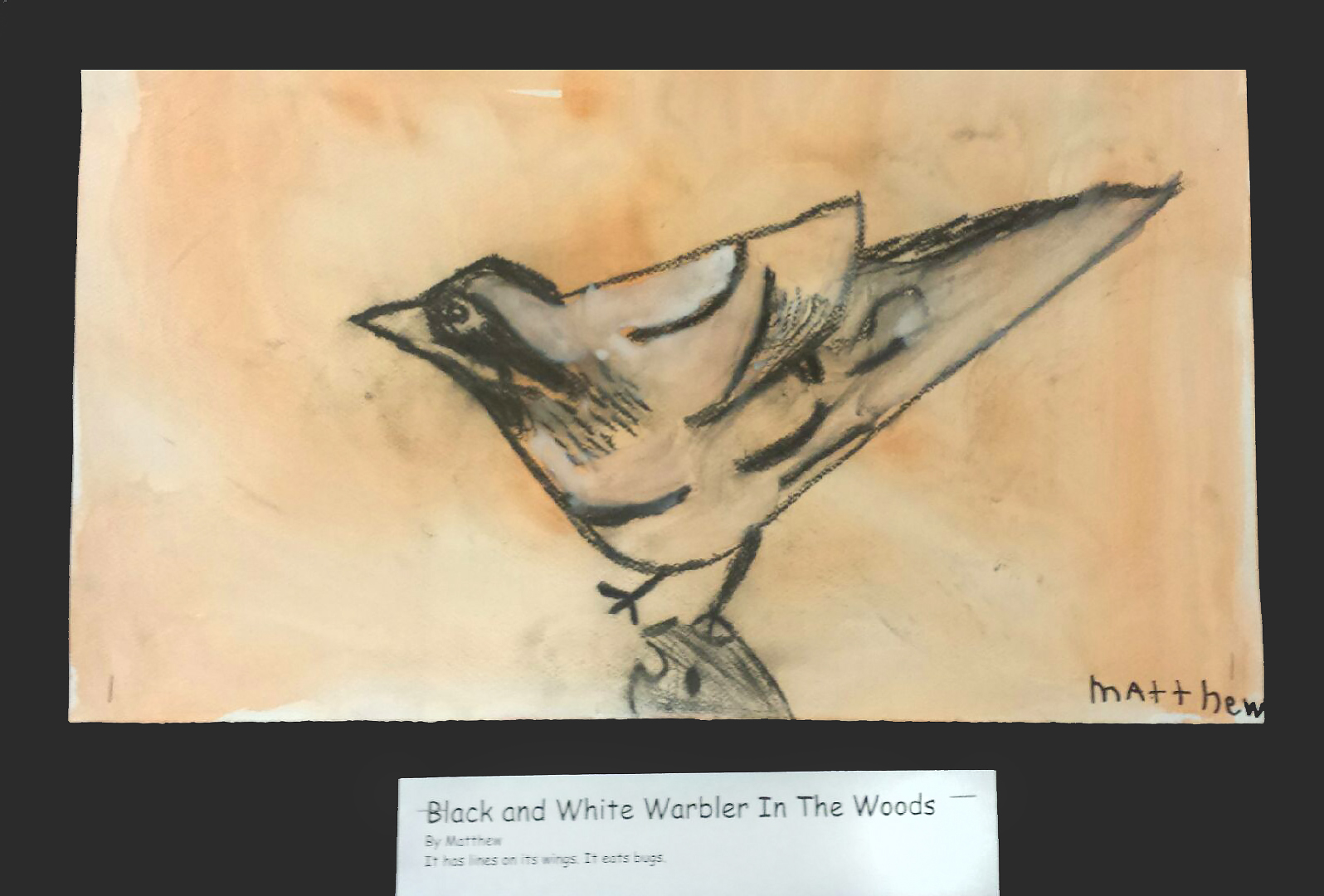
Birthday boy, Matthew's drawing of a warbler
Older brother, Cameron's representation of a flower
This = That
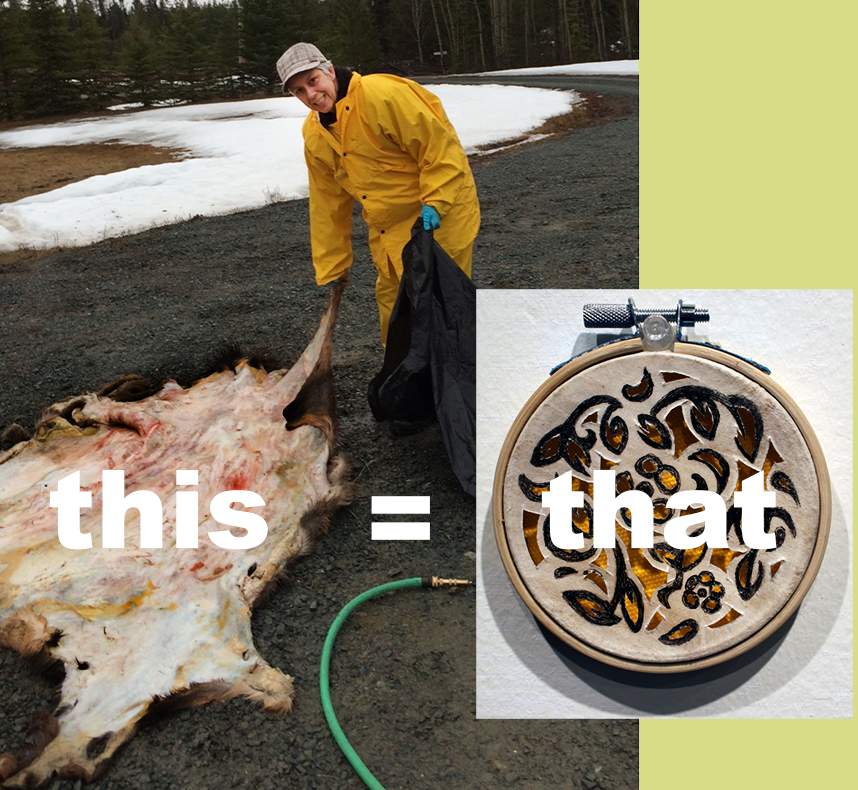 I spent the morning getting very wet. I am working with an Elk hide to clean and use it for my art practice. I learned how to tan hides the Native way in 2000 and I continue to practice it. There are many people out there who hunt for meat and some of them bring me the hides for my own use. Many of the parts on a wild ungulate are useful; parts that when made into tools, rawhide or leather will last for generations. When these objects finally wear out they will return to the earth to nourish it in a complete circle of life. So if these old practices are good for the earth, why don't we do them anymore? Are we afraid to get our hands dirty? It is definitely easier to just buy the finished product - but I think purchasing it rather than making it prevents us from:
I spent the morning getting very wet. I am working with an Elk hide to clean and use it for my art practice. I learned how to tan hides the Native way in 2000 and I continue to practice it. There are many people out there who hunt for meat and some of them bring me the hides for my own use. Many of the parts on a wild ungulate are useful; parts that when made into tools, rawhide or leather will last for generations. When these objects finally wear out they will return to the earth to nourish it in a complete circle of life. So if these old practices are good for the earth, why don't we do them anymore? Are we afraid to get our hands dirty? It is definitely easier to just buy the finished product - but I think purchasing it rather than making it prevents us from:
1) appreciating the labour that goes into making an object 2) realizing the consequences of our purchase on the earth 3) treating the object responsibly, ie: repairing it when it is broken rather than just buying another one.
I believe when we are removed from the labour of making an object, we are not aware of its true cost as retail cost is only represented in dollar signs and numbers and not in the process of making. Forgotten are the physical pain, process and sacrifice required for us to 'have' that object. We also don't associate the finished product with its origin. Some things should not be made from the materials that they are, materials and processes that hurt our environment and our people. Finding our way back to living with a smaller footprint will take practice and sacrifice, but it will be well worth it.
Take an object in your house and collage a 'this = that' photo. I guarantee it will be interesting.
Creative 'Practice'
Emphasis on practice because that's what I do. Every thought comment, painting or drawing is a form of practice. The beauty of a creative practice is that it lasts a lifetime. This blog is a peek into that process.
If you appreciate what I do…
Buy me a Coffee!
I see my 'visual' blog go to Instagram: kim.art4life
Categories
- Hide Tanning (1)
- Recent Artwork (1)
- Traditional Indigenous (1)
- art as a career (1)
- friends (1)
- saved (1)
- building my website---... (2)
- Extreme ironing (3)
- Travels (3)
- pain (3)
- faith and spirituality (4)
- metis art (4)
- Artists (5)
- Learning (5)
- country living (6)
- My Art Online (7)
- remember when--- (10)
- Uncategorized (13)
- work (16)
- teaching (19)
- artists worth noting (20)
- creative motivation (29)
- my art (48)
- home life (78)
- my opinions (84)
